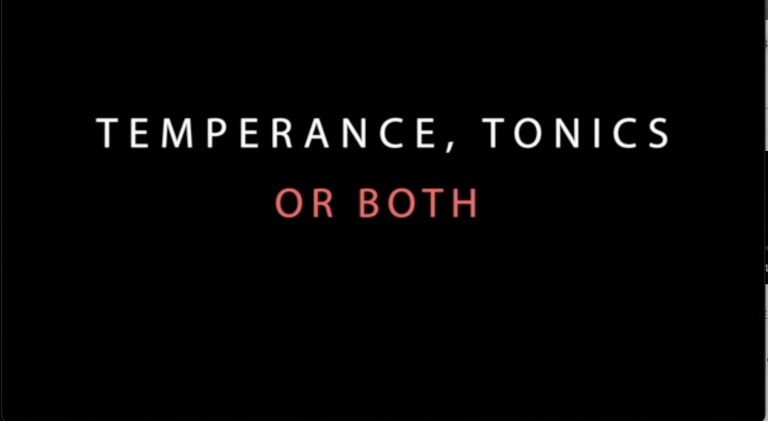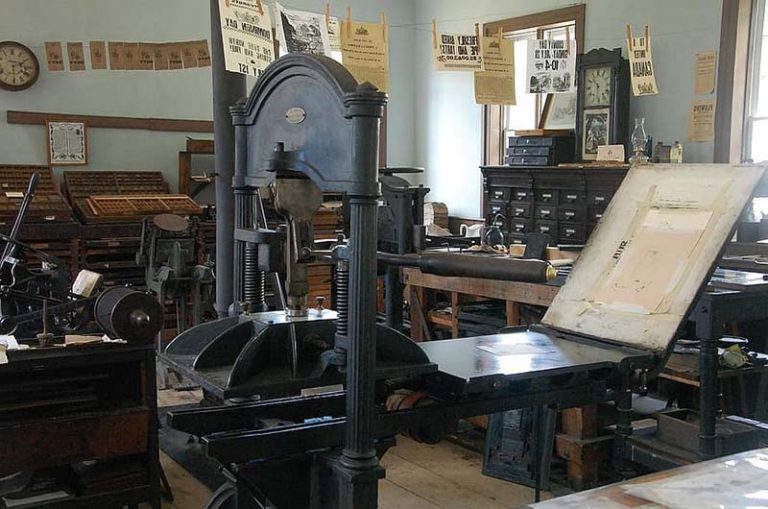First published: June 29, 2006
The silent relationships of power are so subtle and yet they can be so obvious.
Take for example the session last evening around the future of journalism.
As anyone would expect, the physical set up was the same as expected. Two co-hosts, who lead the discussion, along with a panel of very distinquished journalist and educators from well-recognized institutions and media.
The first thing was the dais and tables for the panel were on a raised stage. The hosts tried to hold an open discussion as a hand-held microphone was passed around the room with questions. Yet, interestingly enough, they decided who would speak and in what order.
Sure, this is the way it is always done and it is logistically the best way to do it.
But, it made me think about how quickly we fall into the old patterns. Any first year political science student could see the ancient power structures being expressed. Those with all the knowledge at the front of the room, above everyone else.
There is no doubt, the hosts and panelist would quickly object to such a characterization as being unfair. And, in their hearts, there is no reason to believe they would want anyone to feel they were superior. Especially at a conference about democracy and the Internet.
Yet, this speaks to a powerful point: we do not look hard enough or make a conscious enough effort to break down these silent power relationships when it comes to online journalism. And that is why it needs to be redefined. E-journalism, as we teach it at Loyalist, works very hard to tear down those relationships. Look at the most fundamental of our tenents: inform, explain interpret. Every journalism student learns these as basics for our craft. And, yet, there is a hidden superiority within them, as if we know more and impart it to the masses.
E-journalism says educate, engage and empower. To educate people as journalists, we look to the latin roots of this word, which means to lead out. We are guides in our process, not lecturers.
Then, to engage, we must seek to use all the tools of multimedia, not just the ususal tools. Our presentation – the way we put together stories, must fundamentally change so we use the best means to communicate our stories, whether it is text, images, audio, video or all or some. This is the next level of exploration. Included in this are the interactive tools, which must move beyond fancy letters to the editors or chats that mirror telephone conversations.
Finally, to empower is the most important element, since none of our work is meaningful unless it inspires people to action. This addresses the watchdog function of journalism, as well as, our role as facilitators, as defined by public journalism.
This is the future of journalism

